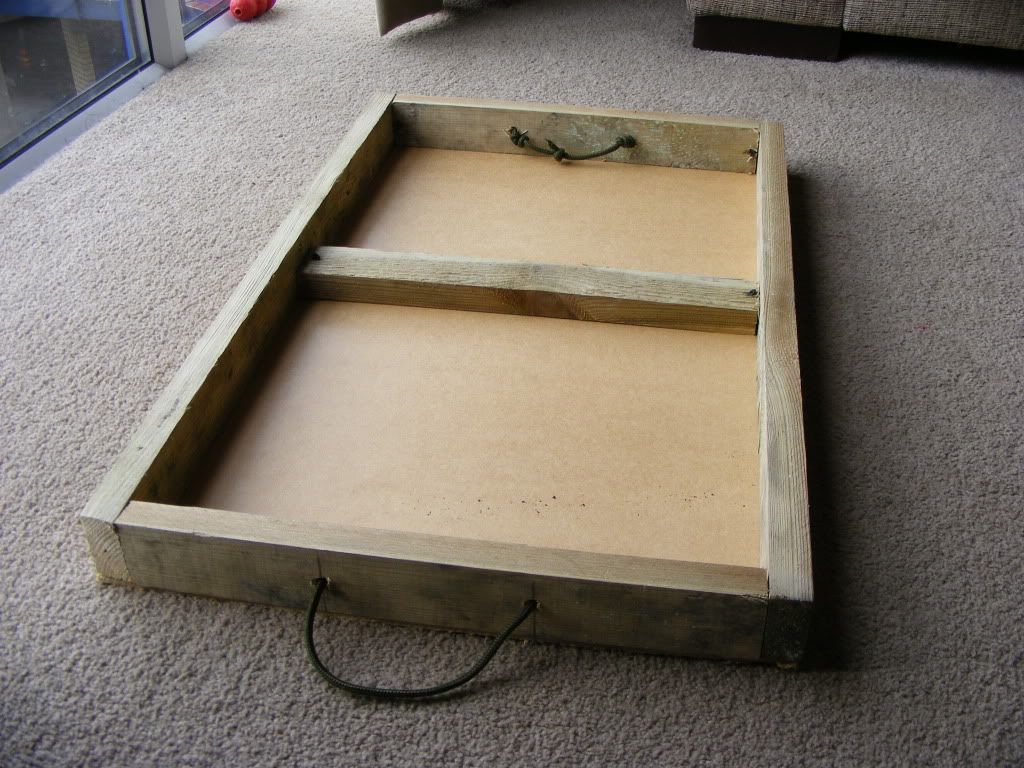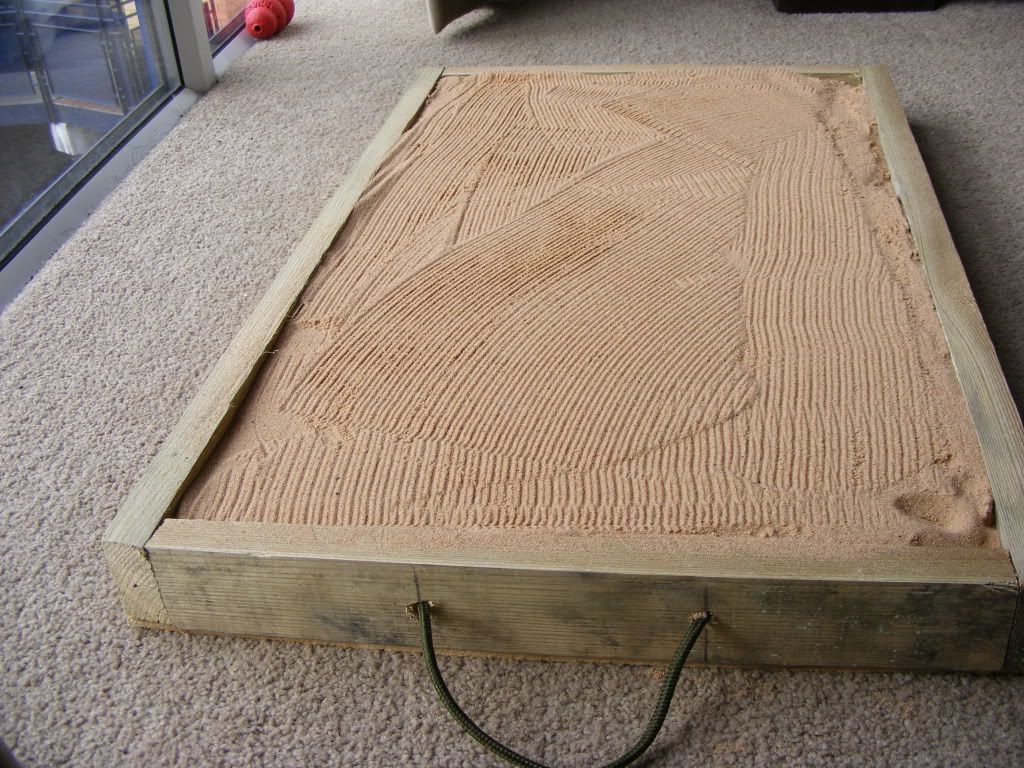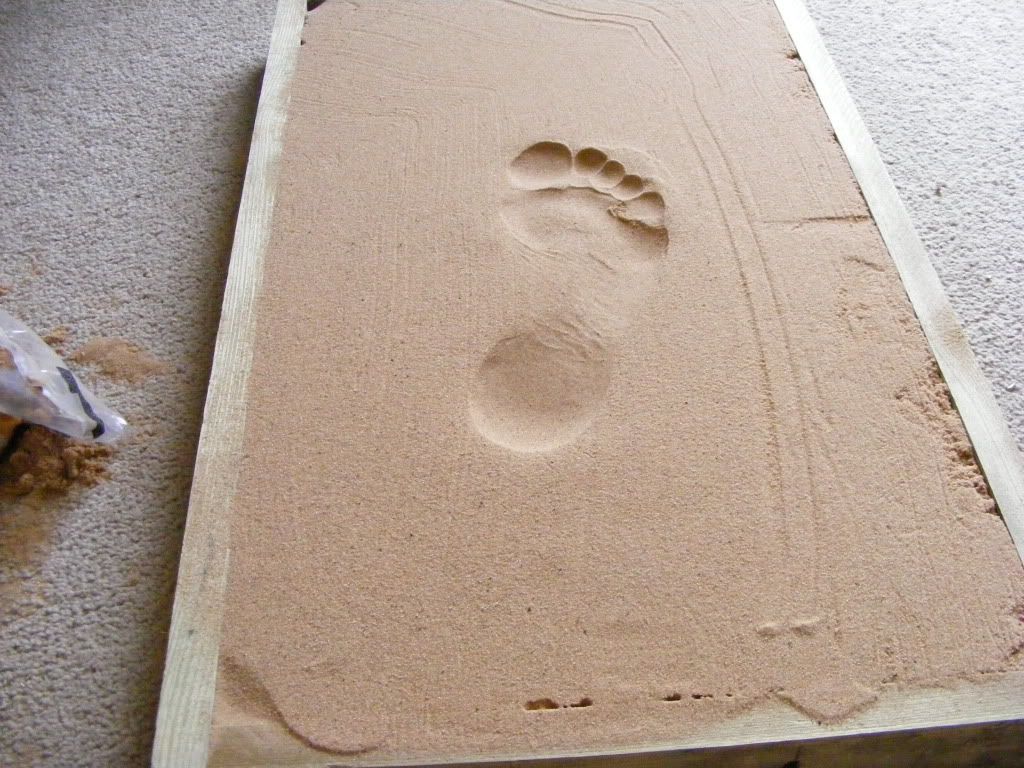Tracking Kit
Fortunately tracking requires very little kit and will vary depending on who or what you are tracking, the terrain, the climate and length of time you expect be out tracking.
Basically everything is optional, personal, and the less you carry the better.
I carry an OS map 1:25 000 or 1:50 000 scale, track field guide, tide table and a 6" ruler marked off as a scale for photography a short roll of crepe paper and 8 lollipop sticks for marking off tracks and trail markers in one poly bag. My kit also includes a flexible tape measure, tracking stick a small molle torch a small mirror and one or two film tubs and a large poly bag for finds, teeth, bones, skulls, cones, pellets, hair, feathers, just whatever I find and takes my fancy, a note-sketch book and a camera for keeping a photographic record and some plaster for casting tracks. If you’re studying avian tracks, a protractor will also be very useful for measuring toe angle, and that's about it.
note: David Diaz, acknowledged tracking expert recommends wearing protective eye wear.

.
.
.

The main reason I like to keep it as light as possible is I have around a dozen field guides I use depending on the time of year or area I will be walking or tracking, Wild Flowers, Fungi, Butterflies, Birds, The Sea Shore, Wild Foods, Trees, Hill Tracks, anyway you get the picture.
Along with all the usual kit in a daysack, hydration pack, MRE meal, knife, 2nd torch, monocular, small first aid kit, hat, gloves, bivi bag, dry bag, midge net, spare batters, one small pack of paper handkerchiefs aka bog role, dry wash gel, Survival kit, Acme predator call, whisper dust and some gorilla tape, hence the reason to keep it as light as possible.
To quote Bob Carss.
The Complete Guide to Tracking: New Rev Ed, 2009, Page 215.
""
If it is of use, take it,’ but don’t fall into the trap of dressing up like a Christmas tree.
A good many trackers that I have had the privilege of being associated with have never heard of most of the items listed, never mind used them, and even if they had it wouldn't have made them any better trackers than they already were. There is no substitute for experience.""
Have you any handy tracking tips or kit?.
Being relatively new to tracking I would love to know what other people use or carry when out tracking...
((Just to practice what others preach, I've chucked a pair of polarized sunglasses in the pack,))
 .
. .
.
 .
. .
. .
.
 .
. .
.

 .
.











































